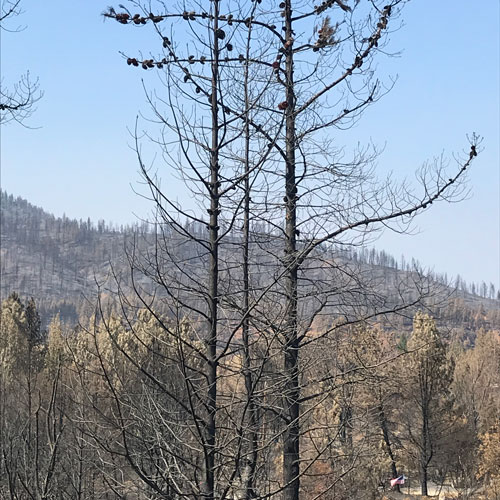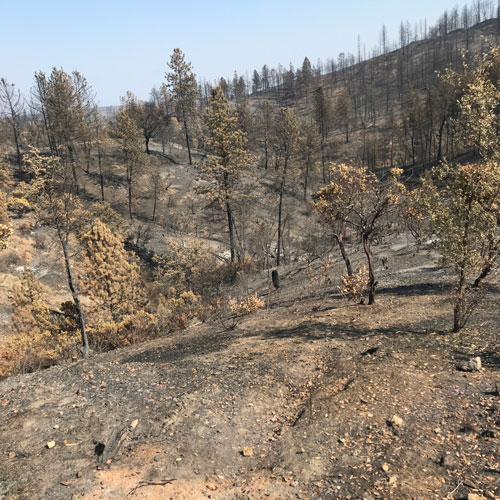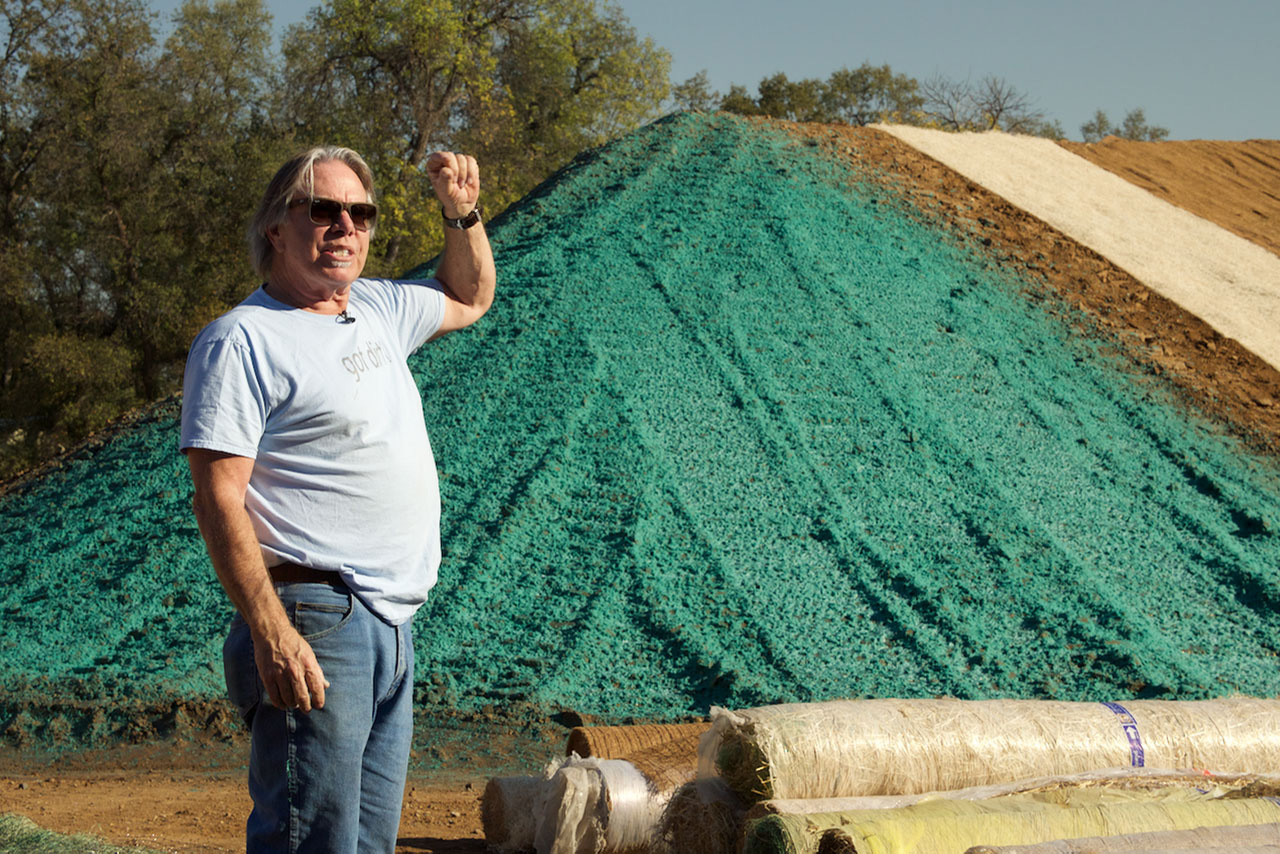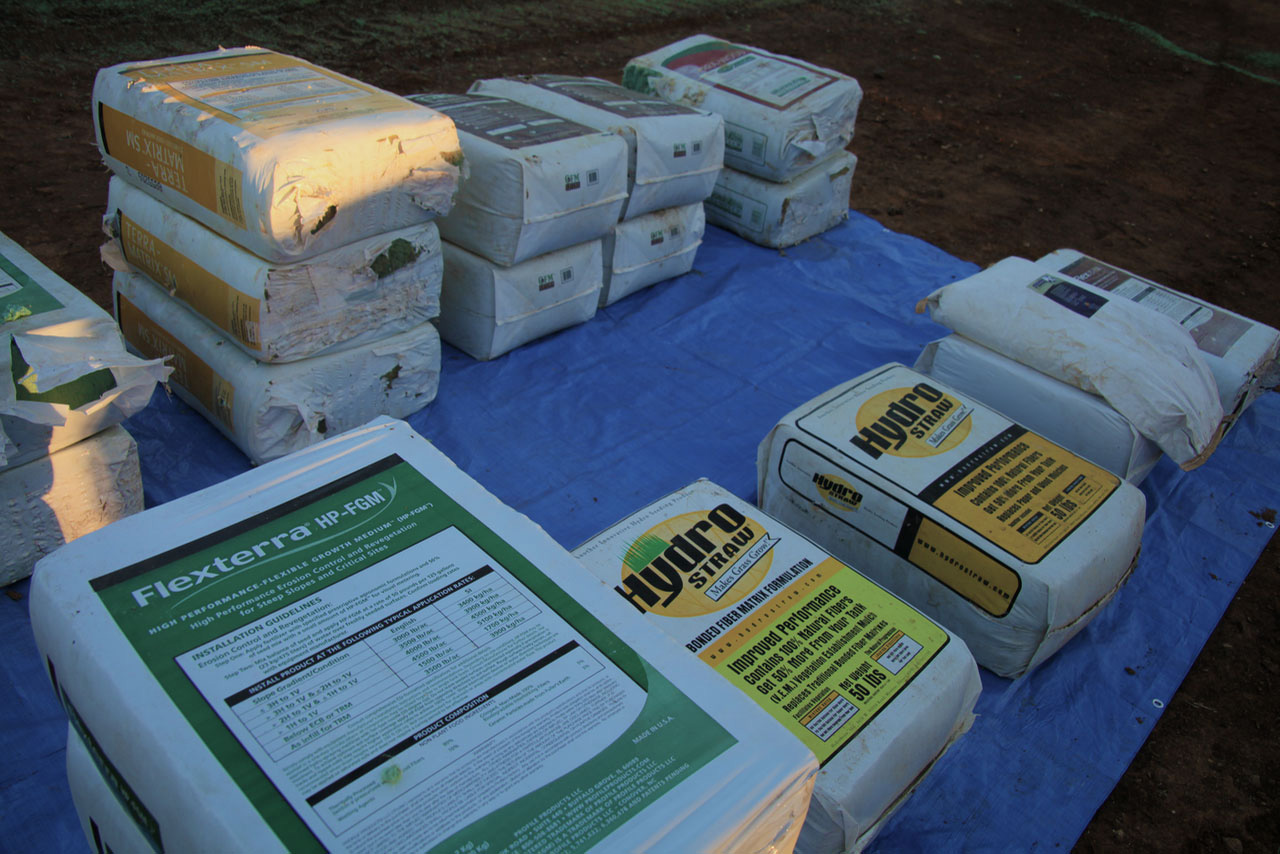31 Aug CARR FIRE – Post-Fire Seeding Rates
We learned from previous blogs that seeding with CA Native Grasses will be beneficial for erosion control and long-term soil stabilization (the roots are extremely fiberous and long), and native grasses will help ” set the stage” for a more natural succession of native species and vegetation that will become less “fire prone” in the future.
The information here will describe some seed mixes and seeding rates, specific for the areas in western Shasta County.
Here are some seed mixes developed by myself and Pacific Coast Seed, Livermore, CA – my “go to” seed specialists and materials provided.


Here is the seed mixes developed by CalTrans for the 299W Highway corridor


You will notice that the total rates are different. My seed recommendation is about 30#/ac and the Caltrans rates are about 50#/ac. The reason is two-fold. My rates are going to be applied by hand-broadcasting, similar to the video. The CT rates will be applied with a hydroseeding/hydromulching machine. A general rule is that adding/applying seed with a hydromulcher requires more seed – just a general rule, many other factors come into play, e.g. the ability to protect the seed from bird predation by mulch and if the seed can be applied with close contact with the soils (sometimes Hydromulch is applied in two stages, the first with seed and little hydromulch to ensure good soil contact followed by the rest of the specified mulch for Erosion Control cover).
I will present more on Hydroseeding and Hydromulching (really one in the same thing) in the near future.
But note that once the seed in down it really must be covered with MULCH. The seed mix above that I am using for hand application will be followed by Straw Mulching.
The straw mulch I have chosen is rice straw (see previous Straw Talk video) and we will apply is at about 1.5 T /ac which relates to about 1 bale per 1000sf.Straw bales generally weigh between 70-90#/bale. Therefore a burned area of 6000sf would require approximately 6 bales. The straw shall be spread uniformly over the ‘disturbed soil areas’ such that 70%-90% of the soil is covered with an average of 1″-2″ thick straw. For small area rehabilitation on up to 2:1 steep slopes I seldom apply tackifier – the first rains will “lay the straw down” and prevent it from blowing away – general rule!





